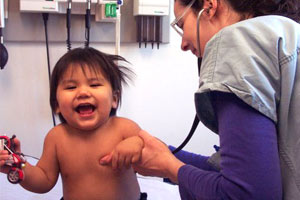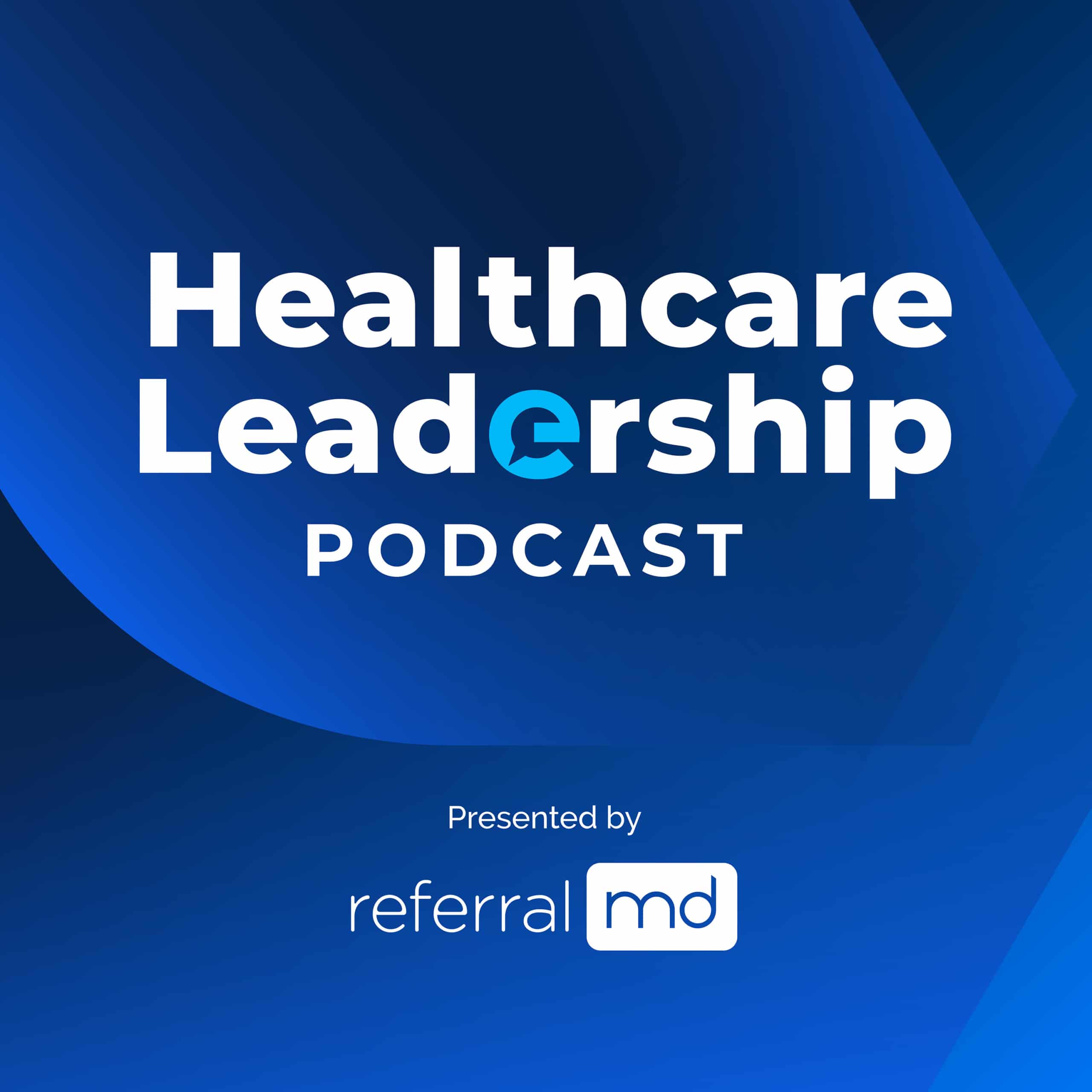 You’ve probably seen an old western movie where the town doctor travels around on a horse with medical bag in tow.
You’ve probably seen an old western movie where the town doctor travels around on a horse with medical bag in tow.
The doctor goes whenever the homesteaders and townspeople call and receives payment just like the village butcher and baker. Sometimes it is cash, other times it is some fresh eggs and a bottle of milk from the family farm.
Today, it might be difficult to pay your doctor with eggs from your chicken coup, but some medical professionals are beginning to return to that older model of a doctor for pay. Cash-only or concierge care is a growing option amongst American physicians and patients who are tired of red tape and want to achieve the best care possible.
Cash vs. Insurance
Direct primary care (referred to as DPC) serves patients through a monthly membership rather than a traditional insurance plan. For a flat monthly fee, DPC patients receive unlimited access to care from a family physician. For anywhere from $49 to $100 per month, a patient can see the doctor as often as once a day. Direct primary care turns the current healthcare model upside down, and this has lead many to wonder if it proves a partial answer to the current healthcare crisis in the U.S.
DPC Might Be Better for Doctors
About 4,000 American doctors have switched to practicing direct primary care or some kind of combination between DPC and their traditional practice. In a time where nearly half of all physicians are dealing with burnout and decreased job satisfaction, perhaps the switch to concierge care presents an answer.
In 2012, a national survey of doctors revealed that almost 50% of the 7,000 study participants reported “having at least 1 symptom of burnout,” says Medscape.com. The term burnout includes:
- emotional exhaustion
- depersonalization
- physical exhaustion
- decreased satisfaction with work-life balance
All of these symptoms might be related to the current healthcare system. In the traditional clinic where the doctor is working within insurance provider limits, the physician must see a growing number of patients for only a few minutes each. Researchers point out that if “almost 1 in 2 US physicians” are facing symptoms of burnout, then “the origins of this problem are rooted in the environment and care delivery system.”
But doctors who make the switch to DPC are really passionate about the ability to spend more quality time with their patients. After opening his concierge practice, Dr. Floyd Russak says that he can now give higher-quality care to a small group of 300 patients. This stand in contrast to his previous practice which involved visits from 2,000 patients, reports MD News.
Doctors get to experience more career satisfaction when they see fewer patients for longer visits on a more regular basis. In a direct primary care setup, it is more common for patients and doctors to meet for upwards of a half hour. This stands in contrast to the 5 to 15 minutes in which an average visit whisks past in a conveyer belt system. With more time to devote to the needs and concerns of each patient, doctors can form better relationships and offer the best care possible while avoiding emotional and physical exhaustion.
Happier and Healthier Patients
 Direct primary care offers time for more meaningful relationships between patients and physicians.
Direct primary care offers time for more meaningful relationships between patients and physicians.
The Concierge Medicine Journal writes that “the DPC model is structured to emphasize and prioritize the intrinsic power of the relationship between a patient and his/her family physician to improve health outcomes and lower overall health care costs.” Concierge physicians seem more readily available for frequent office visits and outside contact through telephone and email.
One of the most praised aspects of DPC is its ability to provide better preventative care. When families and individuals have unlimited access to their doctor throughout the month, they are more likely to make appointments on a regular basis. This leads to more opportunities for checkups, vaccinations, testing and preventative screenings which can catch problems and diseases at an earlier stage.
How DPC Cuts Costs
One of the biggest benefits direct primary care offers users is the ability to cut out the middleman of the insurance provider within the context of a normal trip to the doctor’s office. The first cost reduction works in when primary care physicians minimize the overhead of a large billing department. DPC makes it possible to do without negotiations between the billing office and the insurance companies.
And because the doctors don’t wait to navigate insurance policies, they can go directly to lab companies to obtain tests and supplies. CNN Money writes that when a lab company bills an insurance provider, the charge for a typical cholesterol test sits at around $90. But when the doctor calls directly, the cost of the same test can drop to just $3. Similarly, an MRI’s normal price tag shifts from $2,000 to only $400.
Don’t Throw Out Your Insurance Just Yet
Despite the amazing advantages of direct care without traditional medical insurance, there is still a place for some insurance within this new system. DPC works best when in combination with “lower-cost ‘wrap-around’ insurance” policies, recommends DP Care.org. This is because while a DPC membership will cover anything that a general physician can treat, it must have supplemental insurance to provide for emergency medical situations and hospital stays that might arise.
DPC Can Work for Corporations, Too
For families reliant on company insurance, direct primary care still presents a persuasive option. DPC groups like corporate wellness plans from MDVIP offer membership plans through large organizations. And this is something for employers to get behind as well because according to DP Care.org, “employers opting for this combined option
Conclusion
With its surprising benefits, direct primary care appears to pose a convincing alternative amidst the current crisis climate of U.S. healthcare. It seems that a return to the old cash for medical care model might be just what the doctor ordered.
What are your thoughts about today’s Primary Care Crisis?
Do you have any ideas for healthcare reform? Drop us a line and let us know.
Guest Author: Jessica Socheski is a freelance writer who is passionate about achieving a healthy lifestyle. You can connect with her on Google+.
Images from: www.dailymail.co.uk, travelnursingblogs.com











